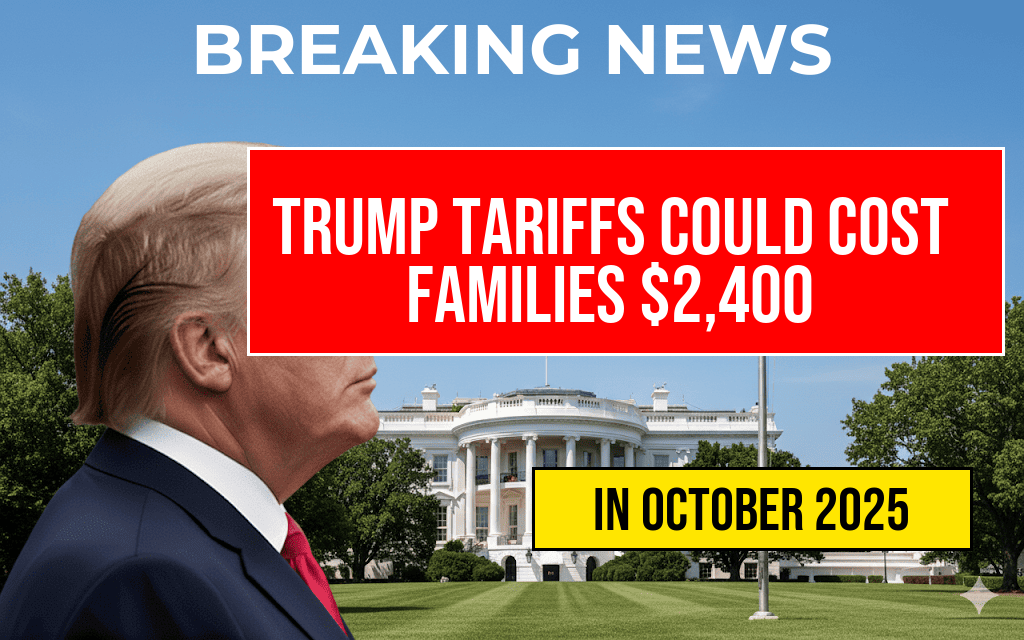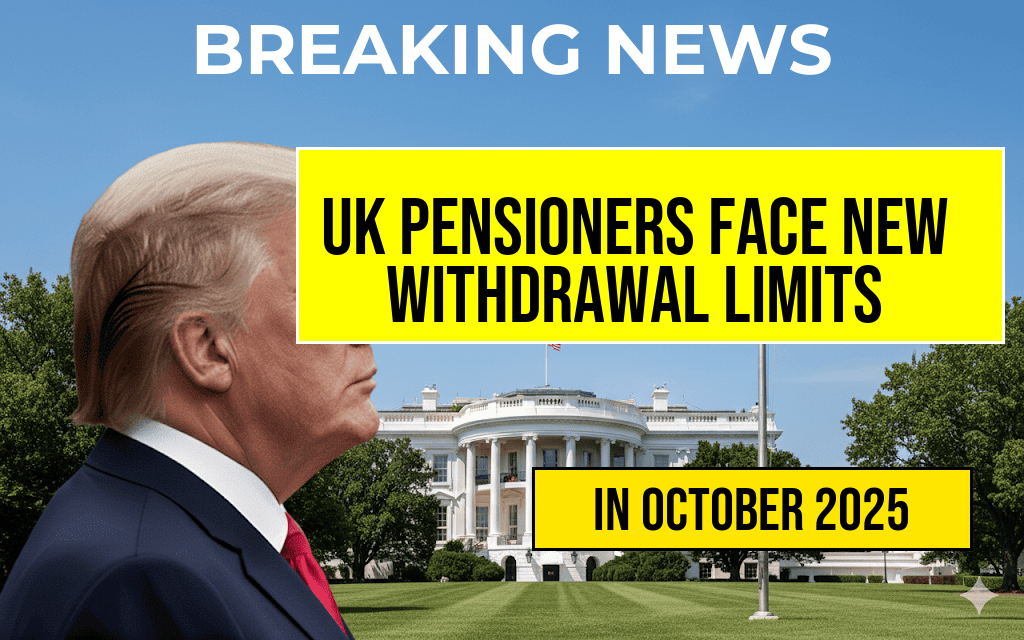As the effects of tariffs imposed during the Trump administration continue to reverberate through the economy, a recent analysis reveals that American families may be facing an annual burden of approximately $2,400 due to what some are calling the “Turbulence Tax.” This term reflects the additional costs incurred from tariffs on imported goods, which were implemented as part of a broader trade strategy aimed at protecting domestic industries. While the intention behind these tariffs was to bolster American manufacturing, the unintended consequences are now manifesting as increased prices for consumers, particularly on everyday items. As families grapple with inflation and rising living costs, understanding the impact of these tariffs is crucial for informed discussions about trade policy and its effects on household budgets.
Understanding the Tariffs’ Origins
The tariffs, which began in earnest in 2018, targeted a range of products from various countries, notably China. The administration argued that these measures were necessary to combat unfair trade practices and to bring jobs back to the United States. However, the implementation of these tariffs has led to higher prices on imported goods, which are often passed down to consumers.
Economic Consequences for Families
According to a study by the Peterson Institute for International Economics, the average American household is facing increased costs averaging around $2,400 per year due to these tariffs. This figure includes the price hikes on various goods, from electronics to clothing. The following list outlines some of the most affected categories:
- Electronics: Higher import fees have raised prices on smartphones and laptops.
- Household goods: Tariffs have led to increased costs on furniture and appliances.
- Clothing: Apparel prices have surged due to tariffs on textiles and imported garments.
Broader Economic Impacts
The ramifications of these tariffs extend beyond individual households. Economists warn that the cumulative effect could lead to reduced consumer spending, which is essential for economic growth. As families allocate more of their budgets to cover these additional costs, spending on discretionary items may decline, potentially stalling economic momentum.
Consumer Sentiment and Future Policy Implications
Consumer sentiment has also been affected, with many families expressing concern over rising prices. A survey conducted by the Gallup Organization found that inflation and cost of living are top concerns for American households. This anxiety may influence political discourse as the nation approaches the next election cycle.
Potential Changes to Trade Policy
As discussions around trade policy evolve, there is a growing call for re-evaluating the effectiveness of these tariffs. Some policymakers advocate for a more nuanced approach that addresses unfair trade practices without imposing heavy burdens on consumers. Others suggest that the focus should shift to strengthening domestic production capabilities through investments in technology and infrastructure.
Conclusion: A Pivotal Moment for American Families
The “Turbulence Tax” presents a pivotal moment for American families as they navigate the delicate balance of economic growth and personal finance. With the average household potentially facing $2,400 in additional costs, the need for informed trade policy has never been more pressing. As lawmakers consider adjustments to existing tariffs, the outcomes of these discussions will significantly impact household budgets and overall economic stability.
| Product Category | Average Price Increase |
|---|---|
| Electronics | $600 |
| Household Goods | $800 |
| Clothing | $400 |
| Miscellaneous Goods | $600 |
Frequently Asked Questions
What are the main implications of the Trump tariffs on families?
The Trump tariffs could lead to an annual cost increase of about $2,400 for families, potentially straining household budgets and impacting overall economic stability.
How do the tariffs affect the prices of everyday goods?
The tariffs are likely to raise the prices of imported goods, which means consumers might pay more for essential items, contributing to what is referred to as the ‘Turbulence Tax’.
What is the ‘Turbulence Tax’?
The ‘Turbulence Tax’ is a term used to describe the financial burden on families resulting from increased costs due to tariffs, which can disrupt household finances and lead to higher overall expenditures.
Are all families equally affected by the Trump tariffs?
While all families may experience increased costs, the impact can vary based on their income levels, spending habits, and reliance on imported goods, making some households more vulnerable to the economic effects.
What can families do to mitigate the costs associated with these tariffs?
Families can explore alternative purchasing options, look for local products, or adjust their budgets to accommodate potential price increases caused by the tariffs, helping to lessen the impact of the ‘Turbulence Tax’.












